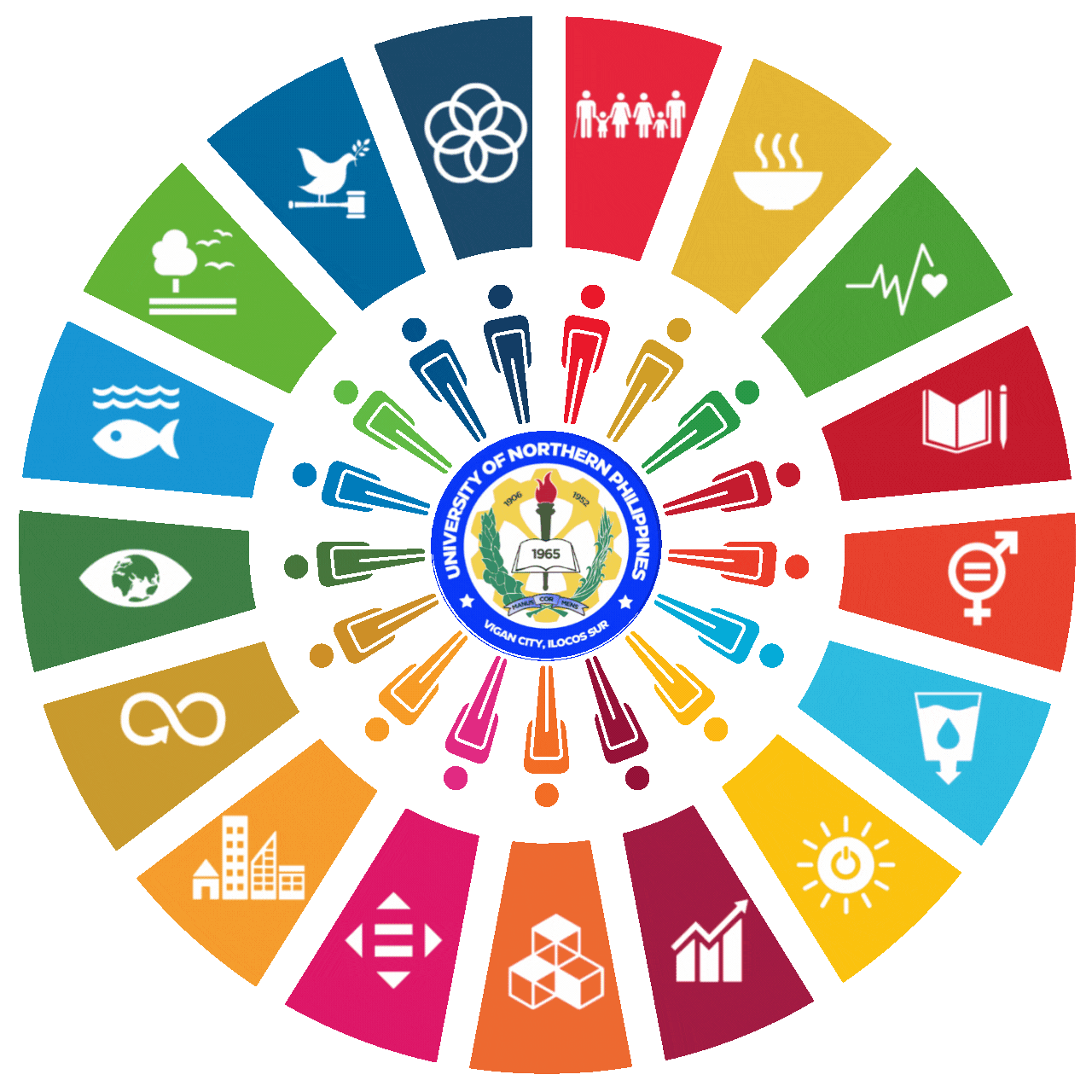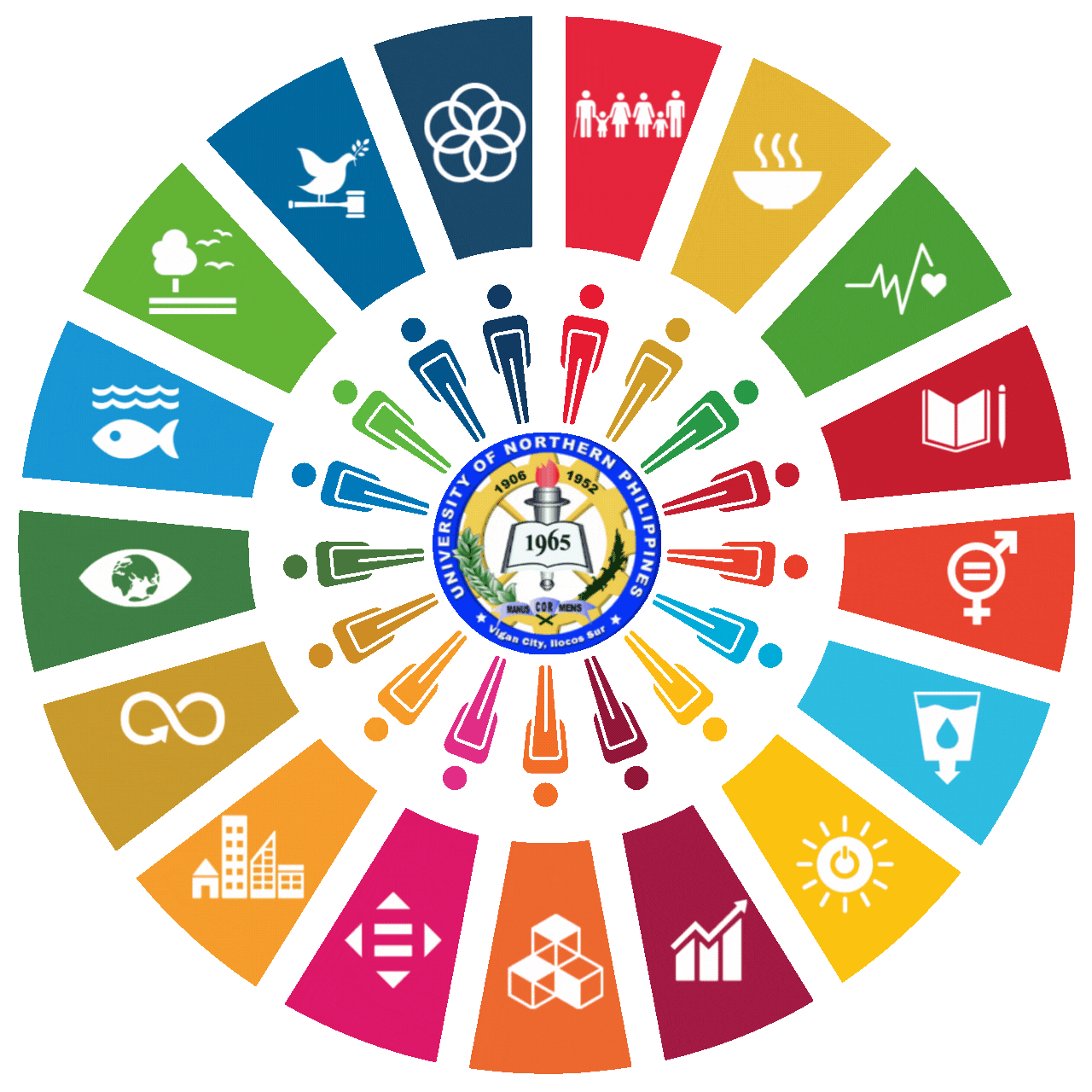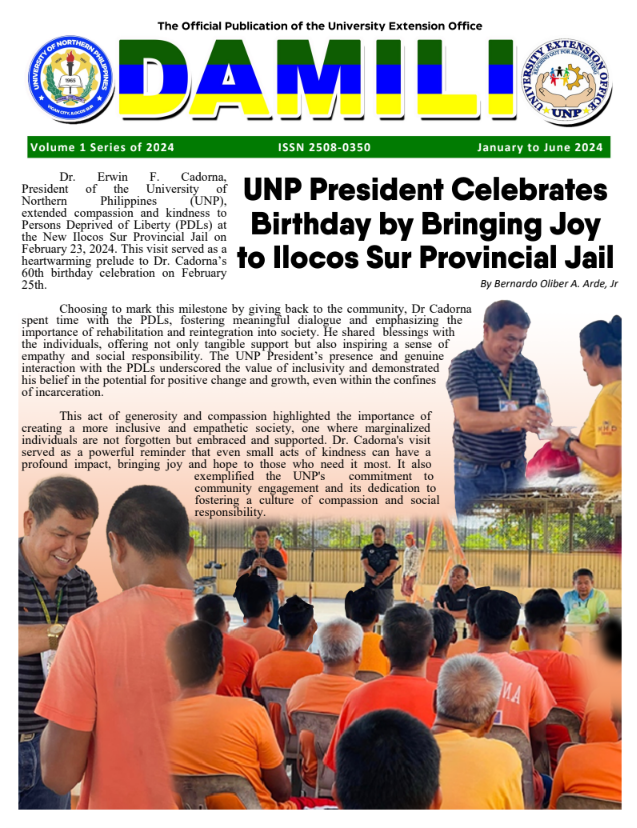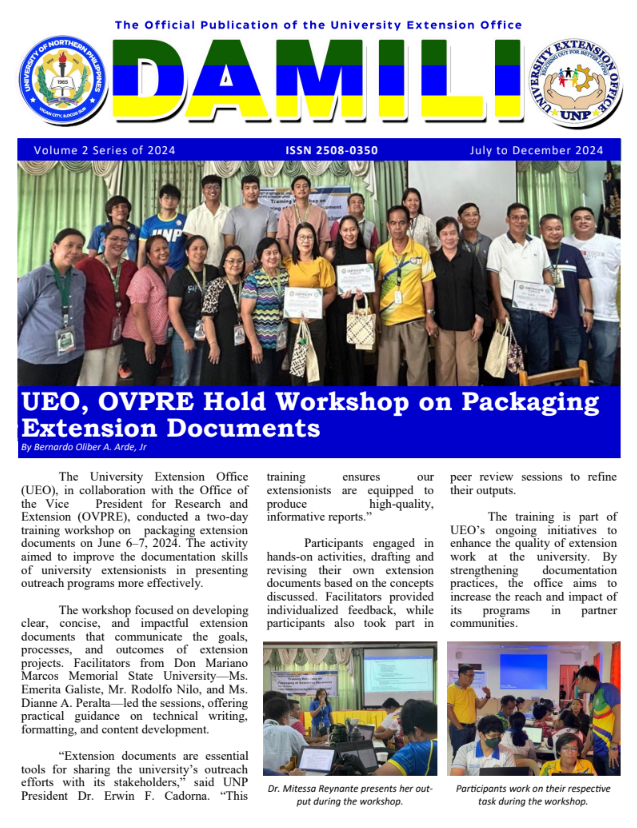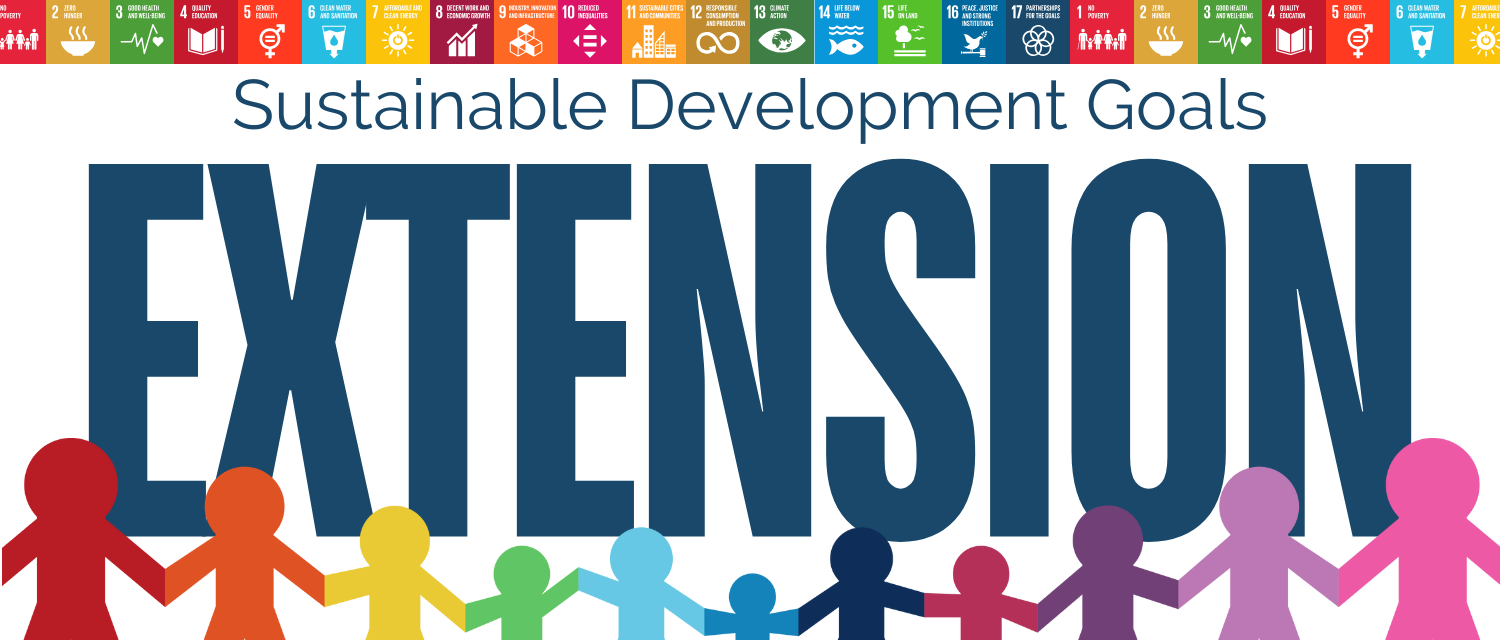
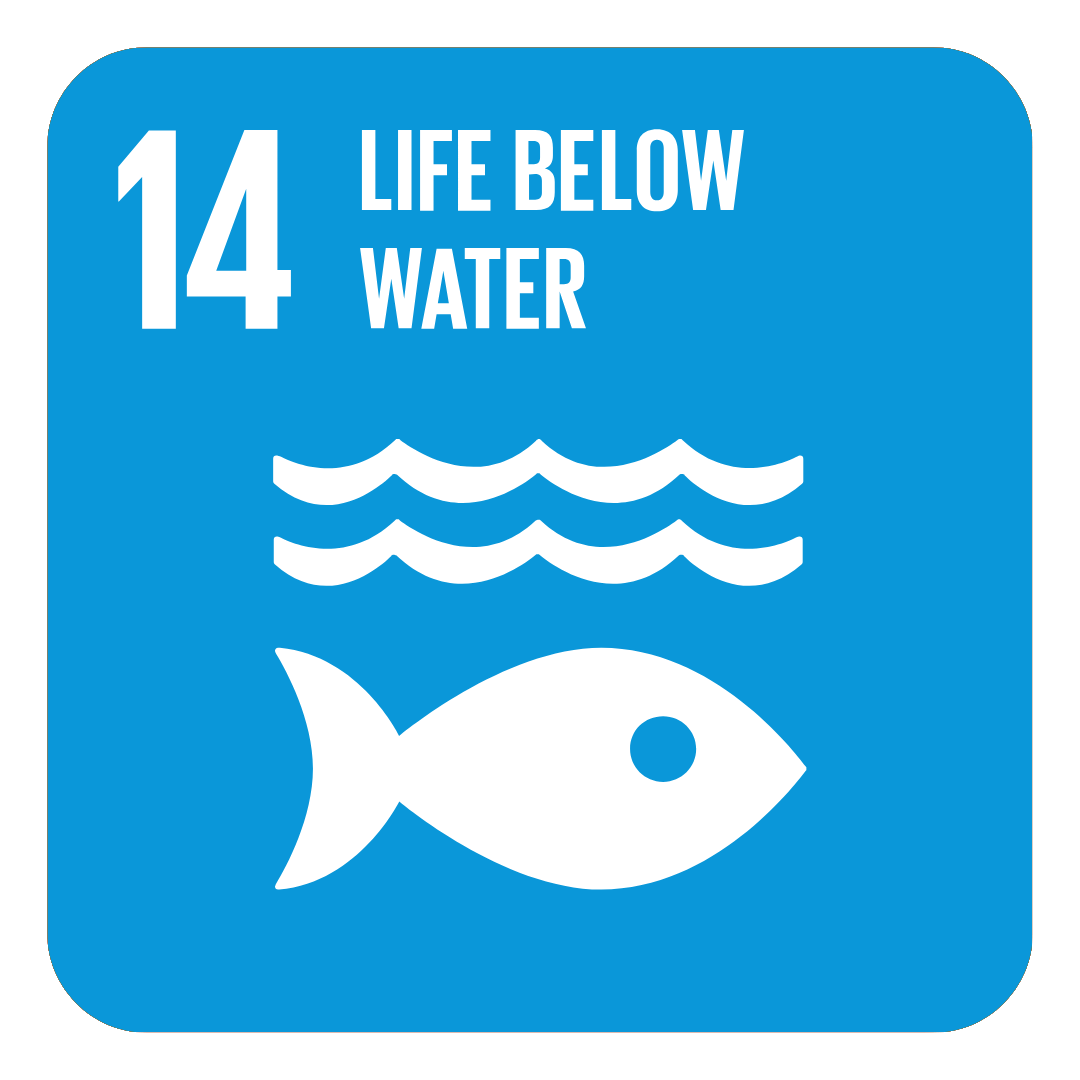
SDG 14 - LIFE BELOW WATER
UNP is diving deep into SDG 14 – Life Below Water, making waves in marine conservation right in their own backyard. UNP is nestled in the Heritage City of Vigan, Ilocos Sur which is a treasure trove of coastal life – from mangroves to seagrasses, seaweeds to coral reefs. It’s not just about green and blue sceneries; these ecosystems are the lifeblood of Ilocano culture, and cuisine.
UNP is not just looking at the sea; they’re taking a “ridge-to-reef” approach. They understand that what happens in the uplands, and within the Ilocos Sur communities affects, and impacts bodies of waters. It’s all connected, and UNP is connecting the dots.
Take the Abra River, for example. It’s not just a waterway; it’s a nursery for “Ipon” – those little goby fish that are important for local fishers. UNP is working to protect these vital spawning grounds, ensuring that the fish – and the fishing traditions – keeps swimming strong.
But UNP’s vision goes beyond conservation. They’re balancing ecological needs with community livelihoods, recognizing that the sea isn’t just a resource to protect – it’s a source of food, income, and cultural identity for Ilocanos.
From the classroom to the coastline, UNP is making SDG 14 come alive. They’re not just teaching about marine life; they’re nurturing it, ensuring that the rich aquatic heritage of Ilocos Sur continues to thrive for generations to come. That’s the UNP way – where education meets action, and conservation meets community.
Description: The College of Architecture conducted a coastal clean-up activity as a community outreach program. This hands-on initiative directly addresses the improvement of water quality by removing waste from coastal ecosystems. It also supports the restoration of water-related ecosystems through the planting of new trees, contributing to cleaner water and a healthier environment.
Description: The university partnered with the community of Pagsanaaan Sur on a marine conservation program. This project helps to protect the local marine environment and its resources, which are a vital source of income for many residents. By safeguarding these resources, the program helps build the community's resilience against environmental and economic shocks.
Description: A group of students from the Bachelor of Science in Mathematics and Master of Science programs participated in a coastal clean-up. This initiative aimed to remove solid waste from coastal areas, directly contributing to the reduction of marine pollution and the health of coastal ecosystems. The event highlights the university's commitment to hands-on environmental education and community engagement in protecting marine ecosystems.
Description: The College of Hospitality and Tourism Management (CHTM) organized a campaign to preserve the natural beauty of the Gaco River Eco-Tourism Park. This initiative aimed to enhance the park's potential as a sustainable tourism destination and preserve the local ecosystem. By promoting responsible tourism and environmental awareness, this activity contributes to the sustainability of the local community.
Description: The URDO organized a coastal clean-up and tree planting activity as part of the university's 59th founding anniversary. This initiative actively educates the community on environmental conservation and the importance of climate action. By engaging students and faculty, the university promotes education for sustainable development and fosters a sense of environmental stewardship.
Description: The College of Teacher Education launched an environmental protection program that included a coastal clean-up activity. This initiative directly improves water quality by removing pollutants from the coastline. The program promotes responsible waste management and integrated water resource management among students and the local community, contributing to waste reduction and ecosystem protection.
